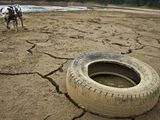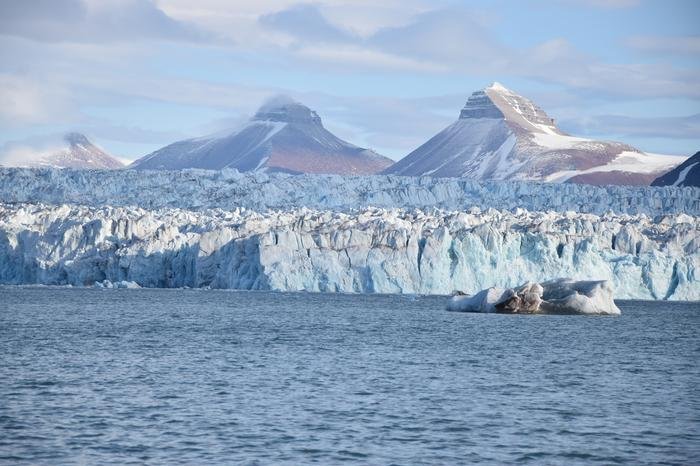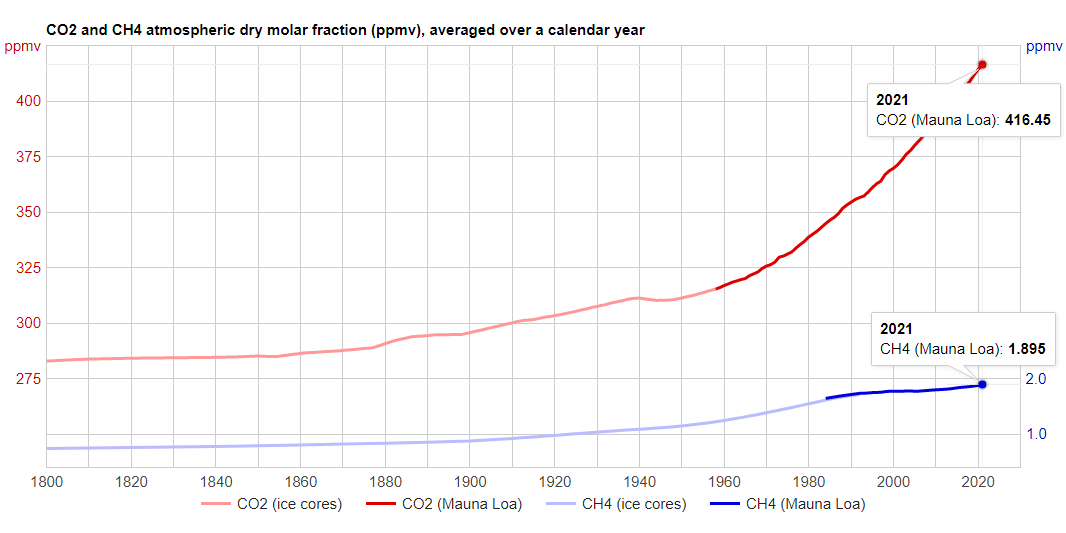Climate change is nothing new my friends
Earth’s Changing Climate
Earth’s climate has changed many times. For example, fossils from the Cretaceous period (144 to 65 million years ago) show that Earth was much warmer than it is today. Fossilized plants and animals that normally live in warm environments have been found at much higher latitudes than they could survive at today. For instance, breadfruit trees, now found on tropical islands, grew as far north as Greenland.
Earth has also experienced several major ice ages—at least four in the past 500,000 years. During these periods, Earth’s temperature decreased, causing an expansion of ice sheets and glaciers. The most recent Ice Age began about 2 million years ago and peaked about 20,000 years ago. The ice caps began retreating 18,000 years ago. They have not disappeared completely, however. Their presence in Antarctica and Greenland suggests the Earth is still in a sort of ice age. Many scientists believe we are in an interglacial period, when warmer temperatures have caused the ice caps to recede. Many centuries from now, the glaciers may advance again.
Climatologists look for evidence of past climate change in many different places. Like clumsy criminals, glaciers leave many clues behind them. They scratch and scour rocks as they move. They deposit sediment known as glacial till. This sediment sometimes forms mounds or ridges called moraines. Glaciers also form elongated oval hills known as drumlins. All of these geographic features on land that currently has no glaciers suggest that glaciers were once there.
Scientists also have chemical evidence of ice ages from sediments and sedimentary rocks. Some rocks only form from glacial material. Their presence under the ocean or on land also tells scientists that glaciers were once present in these areas.
Scientists also have paleontological evidence—fossils. Fossils show what kinds of animals and plants lived in certain areas. During ice ages, organisms that are adapted to cold weather can increase their range, moving closer to the Equator. Organisms that are adapted to warm weather may lose part of their habitat, or even go extinct.
Climate changes occur over shorter periods, as well. For example, the so-called Little Ice Age lasted only a few hundred years, peaking during the 16th and 17th centuries. During this time, average global temperatures were 1 to 1.5 degrees Celsius (2-3 degrees Fahrenheit) cooler than they are today.
A change of one or two degrees might not seem like a lot, but it was enough to cause some pretty massive effects. For instance, glaciers grew larger and sometimes engulfed whole mountain villages. Winters were longer than usual, limiting the growing seasons of crops. In northern Europe, people deserted farms and villages to avoid starvation.
One way scientists have learned about the Little Ice Age is by studying the rings of trees that are more than 300 years old. The thickness of tree rings is related to the amount of the trees’ annual growth. This in turn is related to climate changes. During times of drought or cold, trees could not grow as much. The rings would be closer together.
Some climate changes are almost predictable. One example of regular climate change results from the warming of the surface waters of the tropical eastern Pacific Ocean. This warming is called El Niño—The Child—because it tends to begin around Christmas. In normal years, trade winds blow steadily across the ocean from east to west, dragging warm surface water along in the same direction. This produces a shallow layer of warm water in the eastern Pacific and a buildup of warm water in the west. Every few years, normal winds falter and ocean currents reverse. This is El Niño. Warm water deepens in the eastern Pacific. This, in turn, produces dramatic climate changes. Rain decreases in Australia and southern Asia, and freak storms may pound Pacific islands and the west coast of the Americas. Within a year or two, El Niño ends, and climate systems return to normal.
Natural Causes of Climate Change
Climate changes happen for a variety of reasons. Some of these reasons have to do with Earth’s atmosphere. The climate change brought by El Niño, which relies on winds and ocean currents, is an example of natural atmospheric changes.
Natural climate change can also be affected by forces outside Earth’s atmosphere. For instance, the 100,000-year cycles of ice ages are probably related to changes in the tilt of Earth’s axis and the shape of its orbit around the sun. Those planetary factors change slowly over time and affect how much of the sun’s energy reaches different parts of the world in different seasons.
The impact of large meteorites on Earth could also cause climate change. The impact of a meteor would send millions of tons of debris into the atmosphere. This debris would block at least some of the sun’s rays, making it cold and dark. This climate change would severely limit what organisms could survive. Many paleontologists believe the impact of a meteor or comet contributed to the extinction of the dinosaurs. Dinosaurs simply could not survive in a cool, dark climate. Their bodies could not adjust to the cold, and the dark limited the growth of plants on which they fed.
Plate tectonics also play a role in climate changes. Earth’s continental plates have moved a great deal over time. More than 200 million years ago, the continents were merged together as one giant landmass called Pangaea. As the continents broke apart and moved, their positions on Earth changed, and so did the movements of ocean currents. Both of these changes had effects on climate.
Changes in greenhouse gases in the atmosphere also have an impact on climate change. Gases like carbon dioxide trap the sun’s heat in Earth’s atmosphere, causing temperatures on the surface to rise. Volcanoes—both on land and under the ocean—release greenhouse gases, so if the eruption only reaches the troposphere the additional gases contribute to warming. However, if the eruption is powerful enough to reach the stratosphere particles reflect sunlight back into space causing periods of cooling regionally.
Human Causes of Climate Change
Some human activities release greenhouse gases—burning fossil fuels for transportation and electricity, or using technology">agricultural technology that increases meat production, for instance. Trees absorb carbon dioxide, so cutting down forests for timber or development contributes to the greenhouse effect. So do factories that emit pollutants into the atmosphere.
Many scientists are worried that these activities are causing dramatic and dangerous changes in Earth’s climate. Average temperatures around the world have risen since about 1880, when scientists began tracking them. The seven warmest years of the 20th century occurred in the 1990s. This warming trend may be a sign that the greenhouse effect is increasing because of human activity. This climate change is often referred to as “global warming.”
Global warming is often linked to the burning of fossil fuels—coal, oil, and natural gas—by industries and cars. Warming is also linked to the destruction of tropical forests. The University of California Riverside and NASA estimate human activity has increased the amount of carbon dioxide in the atmosphere by about 30 percent in the past 150 years.
The amount of methane, a potent greehouse gas produced by decomposing plant and animal matter, is also increasing. Increased amounts of methane in Earth’s atmosphere are usually linked to agricultural development and industrial technology. As economies grow, populations consume more goods and throw away more materials. Large landfills, filled with decomposing waste, release tons of methane into the atmosphere.
Chlorofluorocarbon (CFC), hydrochlorofluorocarbon (HCFC), and hydrofluorocarbon (HFC) chemicals are used in refrigeration and aerosol sprays. These chemicals are also greenhouse gases. Many countries are working to phase out their use, and some have laws to prevent companies from manufacturing them.
Global Warming
As the proportion of greenhouse gases in the atmosphere rises, so does the temperature of Earth. Climatologists worry that the global temperature will increase so much that ice caps will begin melting within the next several decades. This would cause the sea level to rise. Coastal areas, including many low-lying islands, would be flooded. Severe climate change may bring more severe weather patterns—more hurricanes, typhoons, and tornadoes. More precipitation would fall in some places and far less in others. Regions where crops now grow could become deserts.
As climates change, so do the habitats for living things. Animals that live in an area may become threatened. Many human societies depend on specific crops for food, clothing, and trade. If the climate of an area changes, the people who live there may no longer be able to grow the crops they depend on for survival. Some scientists worry that as the Earth warms, tropical diseases such as malaria, West Nile virus, and yellow fever will expand into more temperate regions.
The temperature will continue to rise unless preventive steps are taken. Most climatologists agree that we must reduce the amount of greenhouse gases released into the atmosphere. There are many ways to do this, including:
- Drive less. Use public transportation, carpool, walk, or ride a bike.
- Fly less. Airplanes produce huge amounts of greenhouse gas emissions.
- Reduce, reuse, and recycle.
- Plant a tree. Trees absorb carbon dioxide, keeping it out of the atmosphere.
- Use less electricity.
- Eat less meat. Cows are one of the biggest methane producers.
- Support alternative energy sources that don’t burn fossil fuels, such as solar power and wind energy.
The climate has changed many times during Earth’s history, but the changes have occurred slowly, over thousands of years. Only since the Industrial Revolution have human activities begun to influence climate—and scientists are still working to understand what the consequences might be.
The most recent phase of climate change has resulted in warmer, drier weather.
Photograph by Felipe Mesa, MyShot
Early Squirrels
The North American red squirrel has started breeding earlier in the year as a result of climate change. Food becomes available to the squirrels earlier because of warmer winters.
Cool Warming
Could the current phase of climate changeglobal warmingcause another Little Ice Age? As strange as it sounds, some scientists believe it could. If melting glaciers release large amounts of freshwater into the oceans, this could disrupt the ocean conveyor belt, an important circulation system that moves seawater around the globe. Stopping this cycle could possibly cause cooling of 3 to 5 degrees Celsius (5-9 degrees Fahrenheit) in the ocean and atmosphere.
Articles & Profiles
Images
Worksheets & Handouts
Websites
RELATED RESOURCES
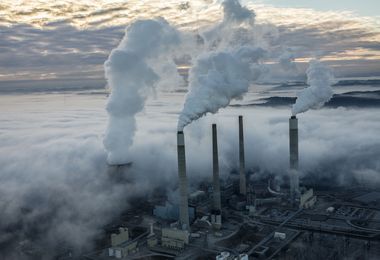
Climate Change
261
Global temperatures and sea levels are rising, and possibly contributing to larger more devastating storms. This can all be contributed to climate change. Climate change is defined as gradual changes in all the interconnected weather elements on our planet over approximately 30 years. The data shows the Earth is warming and it's up to us to make the changes necessary for a healthier planet. Use these resources in your classroom to help your students understand and take action on climate change.
VIEW COLLECTION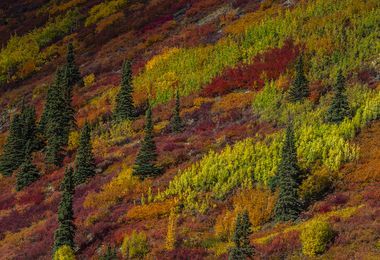
Regional Climate
36
The weather you encounter day to day depends on where you live. Places around the Equator experience warm weather all year round, but experience alternate periods of rainy and dry seasons. Places near lakes may experience more snow in the winter, whereas places on continental plains may be more prone to hail, thunderstorms, and tornados in the summer. The different kinds of weather you might experience in these regions are caused by moving patterns in the Earth’s atmospheric and oceanic circulation, unequal heating of the Earth, and the rotation of the Earth on its tilted axis. Learn more about regional climates with this curated resource collection.
VIEW COLLECTION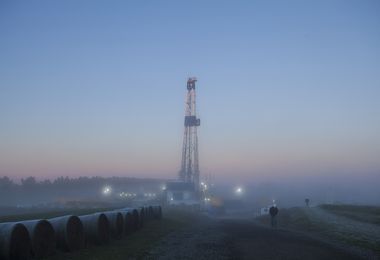
Climate Change
1.2K
Climate change is a long-term shift in global or regional climate patterns. Often climate change refers specifically to the rise in global temperatures from the mid-20th century to present.
VIEW ARTICLE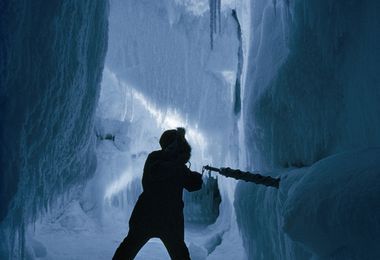
Climatology
131
Climatology is the study of climate and how it changes over time. This science helps people better understand the atmospheric conditions that cause weather patterns and temperature changes over time.
VIEW ARTICLE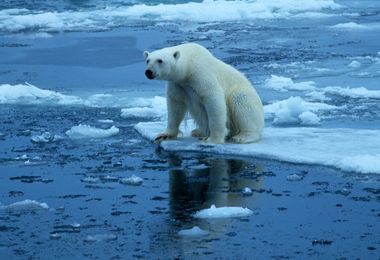
Greenhouse Effect
103
Global warming describes the current rise in the average temperature of Earth’s air and oceans. Global warming is often described as the most recent example of climate change.
VIEW ARTICLE
SEARCH THE RESOURCE LIBRARY
resources
for all grades
in any subject
SEARCH

National Geographic Headquarters
1145 17th Street NW
Washington, DC 20036
Careers |
Newsroom |
Privacy Notice |
Sustainability Policy |
Terms of Service |
Code of Ethics |
Contact Us
National Geographic Society is a 501 (c)(3) organization. © 1996 - 2021 National Geographic Society. All rights reserved.
DONATEGET UPDATES
CONNECT
Educational Resources in Your Inbox
